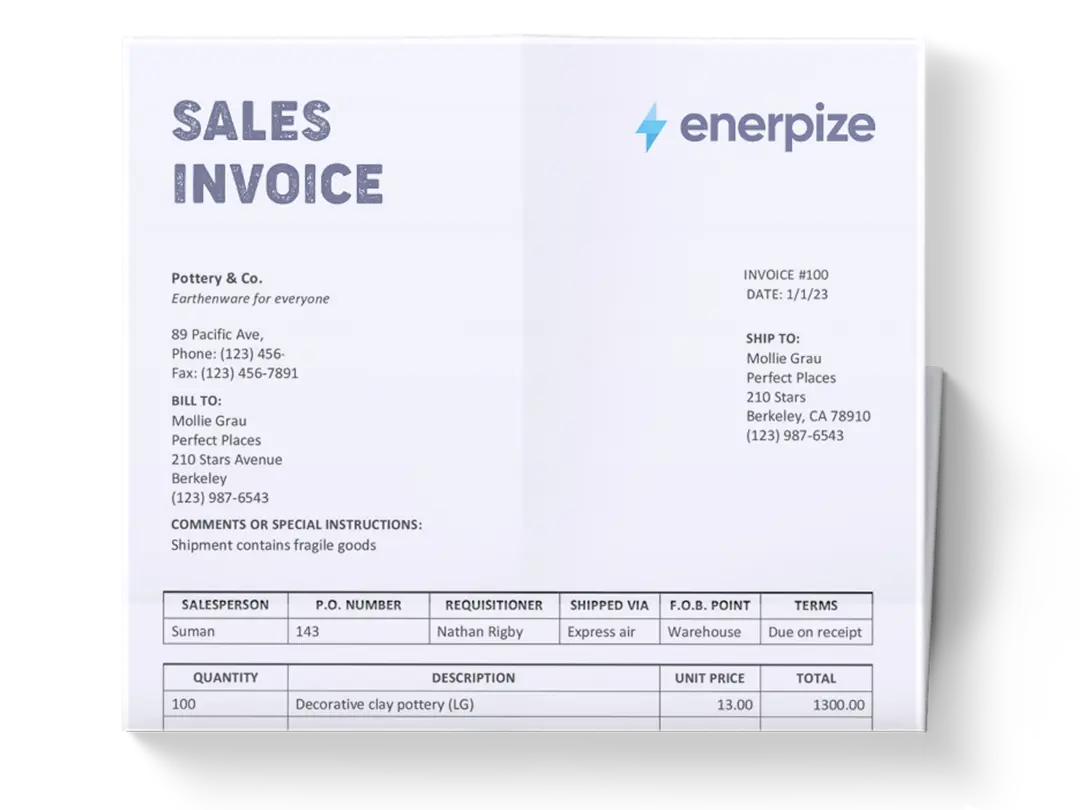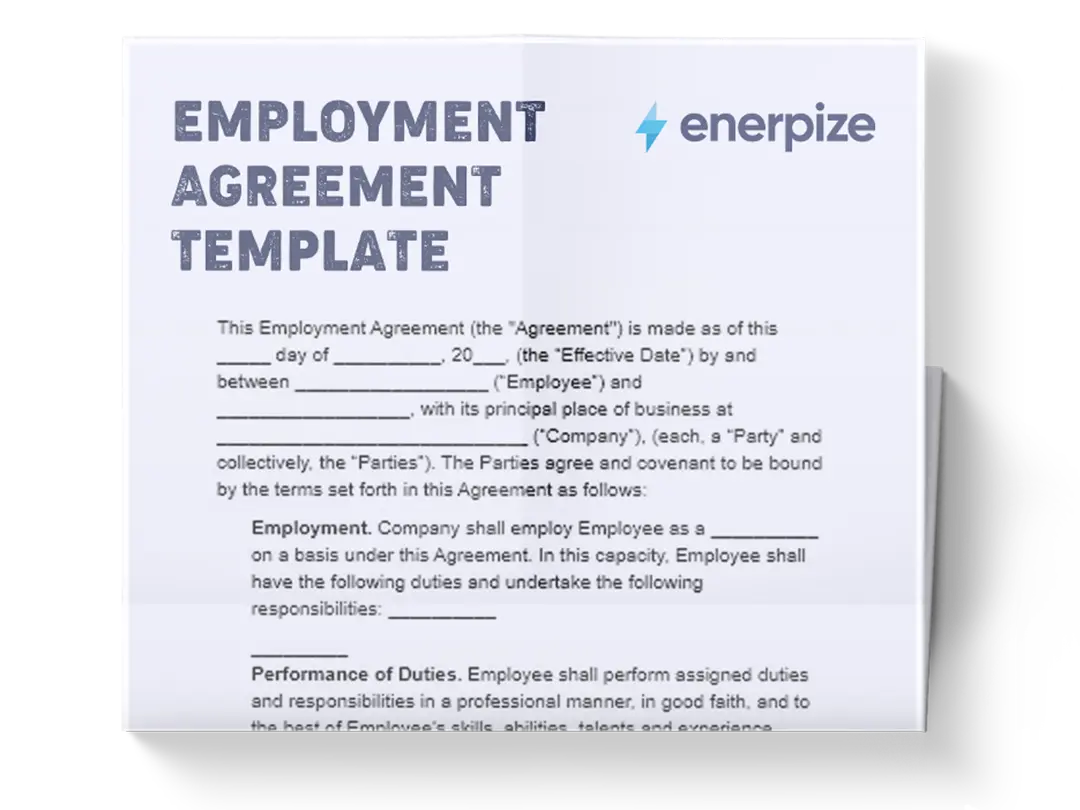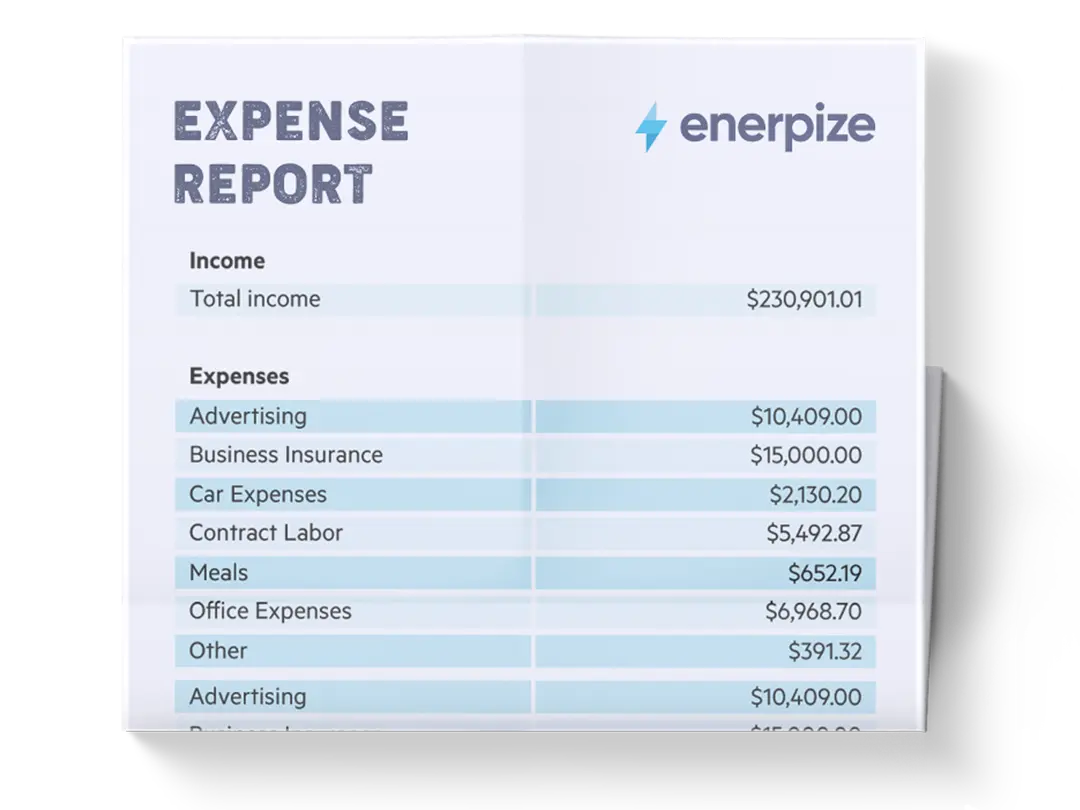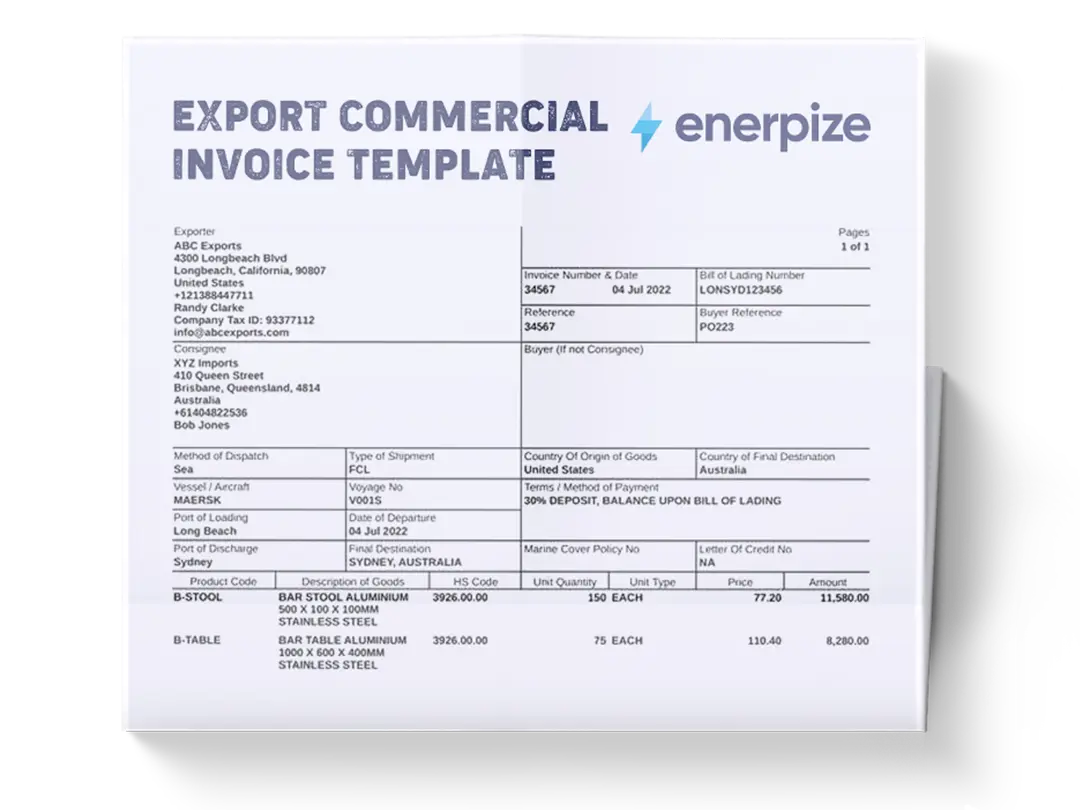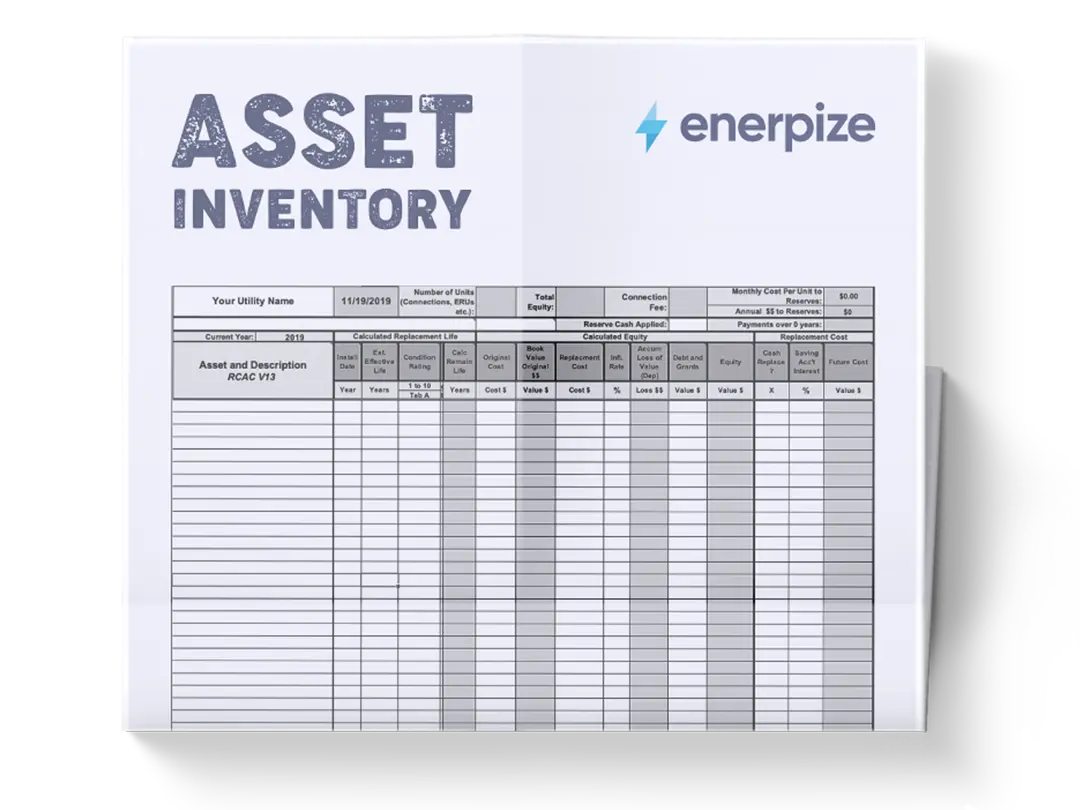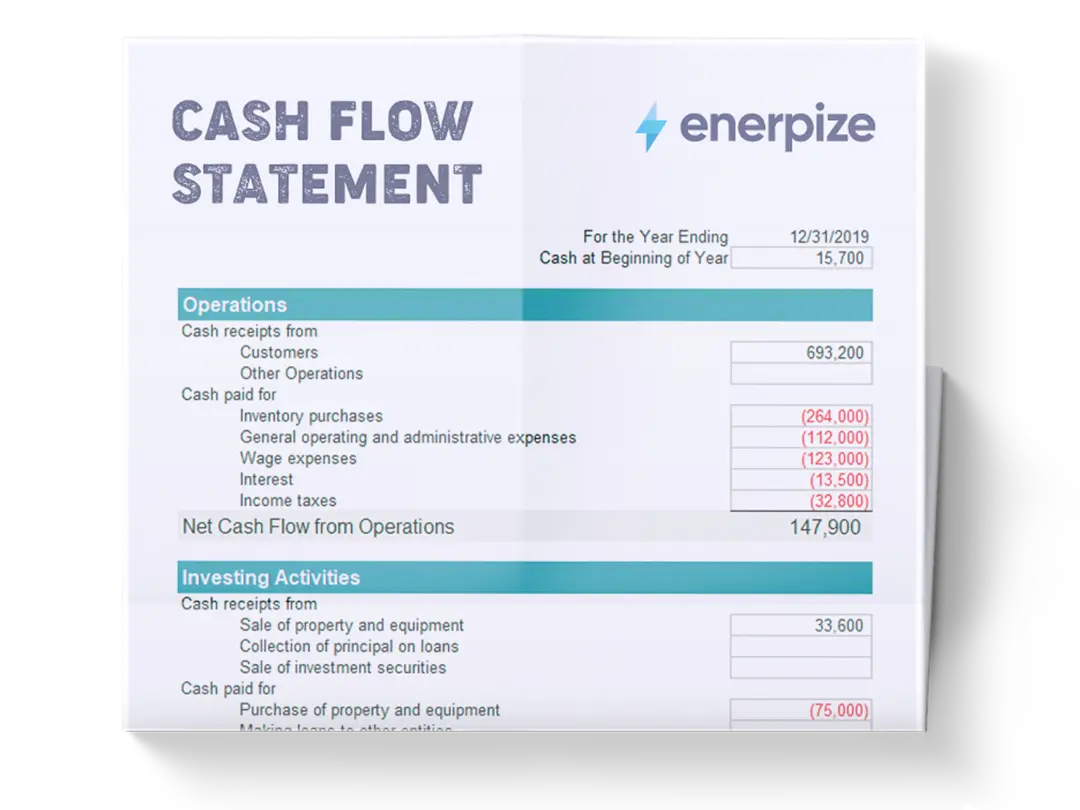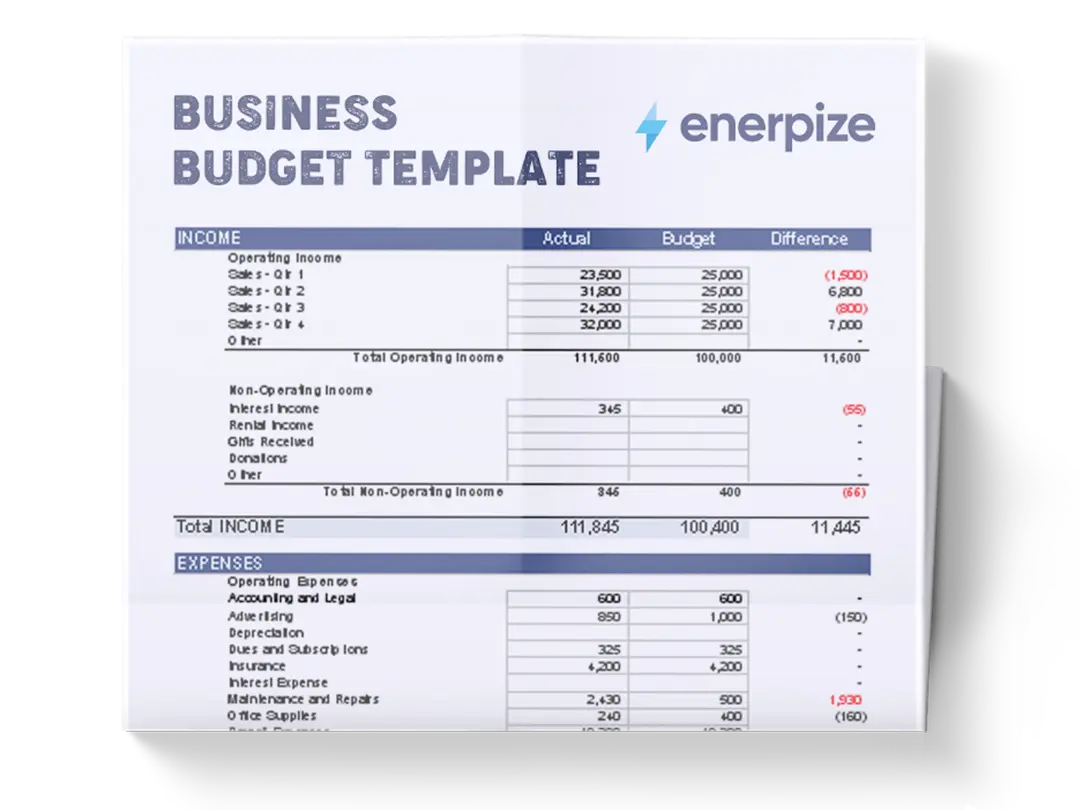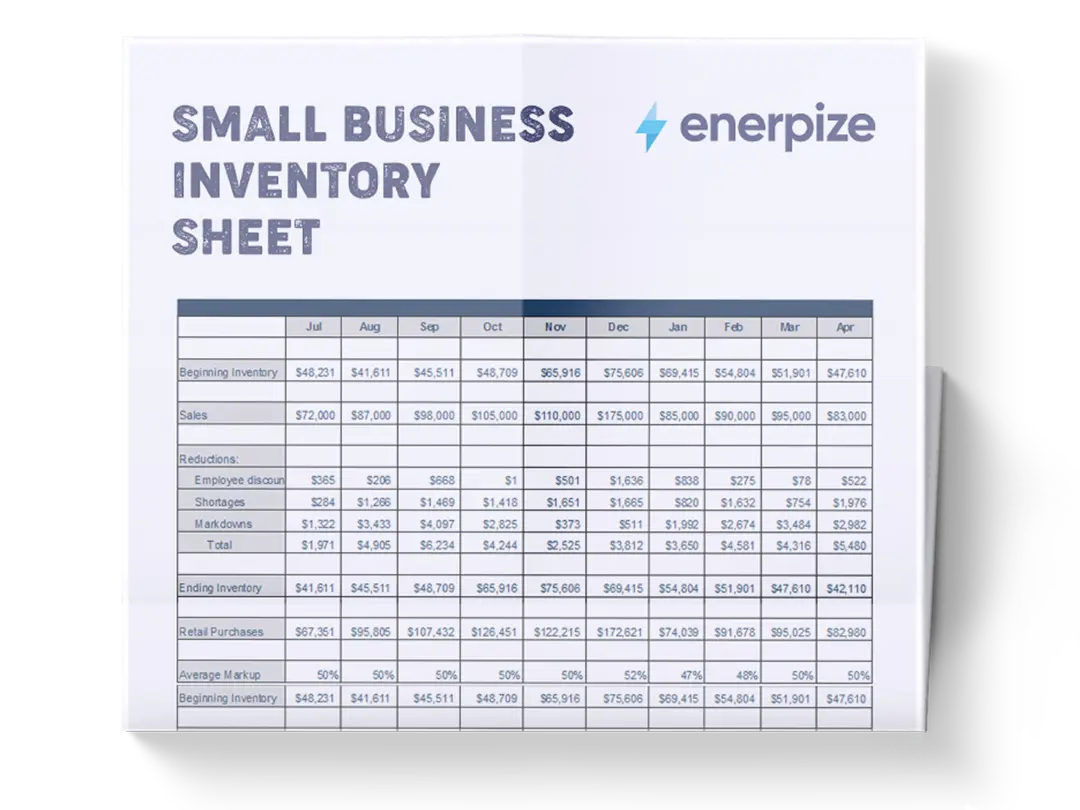Posted on 30 June 2025
Statement of Retained Earnings Template Excel & Google Sheets
- The statement of retained earnings template is available in Excel and Google Sheets.
- It visualizes how profits are retained or distributed over time, providing stakeholders with a clear view of the long-term financial strategy.
- Supports accurate dividend tracking, equity management, and alignment with GAAP-compliant financial reporting.
- Helps small businesses, bookkeepers, and finance professionals maintain transparency and accountability in retained earnings reporting.
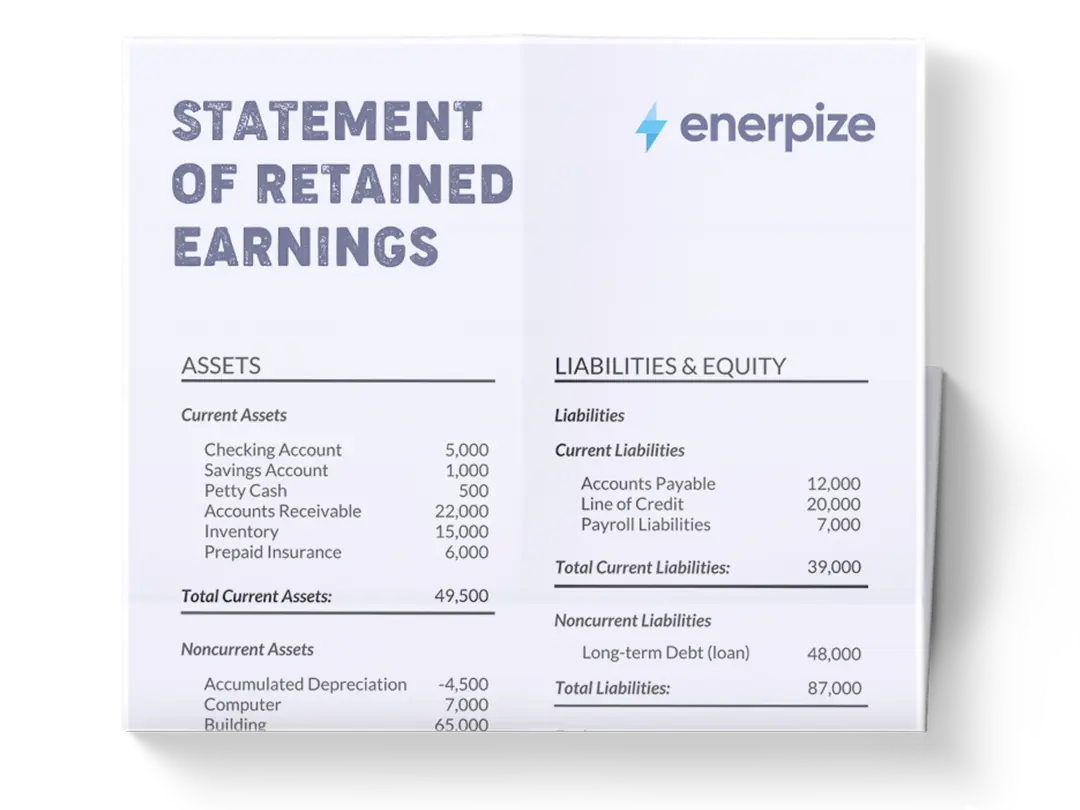
What is The Retained Earnings Statement Template?
The statement of retained earnings template outlines how a company’s retained earnings change over a reporting period—monthly, quarterly, or annually. It begins with the opening balance of retained earnings, adds net income (or subtracts net loss), and deducts dividends paid to shareholders, and arrives at the closing balance.
This helps stakeholders understand how much profit is being reinvested in the business versus distributed to shareholders. Though often prepared as a standalone document, it can also be appended to the bottom of an income statement or balance sheet. Under Generally Accepted Accounting Principles (GAAP), publicly listed U.S. companies must produce this statement as part of their regular financial reporting.
What Does a Statement Of Retained Earnings Template Contain?
For the Year Ended
Specify the fiscal year for which the retained earnings are being reported. Accurate dating is essential for tracking changes across financial periods and ensuring alignment with other reports.
Beginning Retained Earnings
This is the ending retained earnings balance from the prior year. It serves as the starting point for the current period and reflects cumulative profits retained since the company's inception.
Add: Prior Period Adjustment (If Any)
Represents corrections of errors or changes in accounting policies. This ensures historical financial statements remain accurate and transparent. Leave blank if not applicable, but retain the field for clarity and audit preparedness.
Add: Net Income
The net profit earned during the current financial period is taken directly from the income statement after taxes. This is the main driver of growth in retained earnings and indicates the profitability of the business.
Less: Preferred Stock Dividends (If Applicable)
If your business issues preferred shares, this line accounts for the dividends distributed to those shareholders. These must be subtracted before common stock dividends to maintain the proper allocation hierarchy.
Less: Common Stock Dividends Declared and Paid
This line tracks the total dividends distributed to common shareholders, directly reducing the retained earnings balance. It's critical for accurate dividend policy reporting.
Ending Retained Earnings
This is the final figure after all additions and deductions. It reflects the portion of profits retained for reinvestment or future distribution. This number feeds into the equity section of your balance sheet.
How to Use the Statement Of Retained Earnings Template
1- Collect Financial Documents
Gather your prior period’s balance sheet and the current income statement. You’ll need the beginning retained earnings, net income, and any recorded dividends. If adjustments are required (due to accounting changes or corrections), locate the relevant documentation.
2- Input the Beginning Retained Earnings
Refer to the previous year’s statement of retained earnings or your balance sheet to find the ending retained earnings. This becomes the new period’s starting point.
3- Add Prior Period Adjustments (If Applicable)
If there were any errors in past reporting or a change in accounting policy, record the necessary correction here. Be specific and document the nature of the adjustment in the notes section for full transparency.
4- Record Net Income
Use your income statement to input the net income figure after taxes. This amount should be confirmed to ensure it matches the finalized income statement for the reporting period.
5- Subtract Dividends
If your business issued preferred stock, subtract any dividends paid to preferred shareholders first. Then, subtract the total dividends declared and paid to common shareholders.
These should come from your dividend declaration records and should be dated and documented accordingly.
6- Calculate and Verify Ending Retained Earnings
Add net income and prior period adjustments to the beginning balance, then subtract total dividends. The result is your ending retained earnings. This value should match the retained earnings figure on your balance sheet’s equity section.
7- Review and Annotate
Ensure all fields are completed accurately. Use the notes column to clarify any entries.
8- Maintain and Archive
Retain both a digital and physical copy of the completed statement. Ensure it’s saved in your company’s financial records archive, accessible for audits, investor reviews, or internal strategic evaluations.
Related Free Templates
Excel Income Statement Template
Profit and Loss Statement PDF Template
Income and Expense Statement Template
Importance of the Retained Earnings Statement Template
Clarifies Profit Allocation
The statement of retained earnings template Excel reveals how a company manages its profits, whether earnings are retained for growth or paid out as dividends. This offers insight into management’s priorities and financial strategy. For example, a pattern of high retention may signal reinvestment in expansion, while consistent dividend payouts can suggest a focus on shareholder returns.
Supports Financial Health Analysis
Analysts and lenders use it to evaluate a company’s internal financing capabilities. Strong retained earnings indicate that a business can fund operations or expansion without taking on external debt.
Reinforces Investor Confidence
A healthy retained earnings trajectory signals that the company is profitable and disciplined with its capital. This can attract long-term investors, particularly if it aligns with strategic growth goals or plans for share buybacks.
Aids in Ratio Analysis
The retention ratio, calculated as (Net Income – Dividends) ÷ Net Income, shows how much profit is being reinvested. It's a crucial metric for comparing financial strategy across industries.
Improves Strategic Flexibility
It serves as a self-financing source. Companies can use them to invest in R&D, expand operations, hire talent, or acquire competitors. Unlike issuing shares or debt, this doesn't dilute ownership or increase liabilities.
Who Can Use the Statement Of Retained Earnings Template?
Investors
Investors use the statement to assess whether a company is likely to issue dividends or reinvest for growth, both of which can drive share value. Comparing retained earnings year over year helps forecast future returns and understand corporate direction.
Lenders
Banks and creditors evaluate retained earnings to judge a company’s ability to meet debt obligations. A business with robust retained earnings is seen as more stable, especially during economic downturns, since it has internal funds to draw from.
Internal Management
Executives use the statement of retained earnings template to inform capital allocation decisions. It offers a snapshot of the company’s financial leeway—how much profit can be used to fund expansion, reduce liabilities, or withstand temporary losses without external support.







